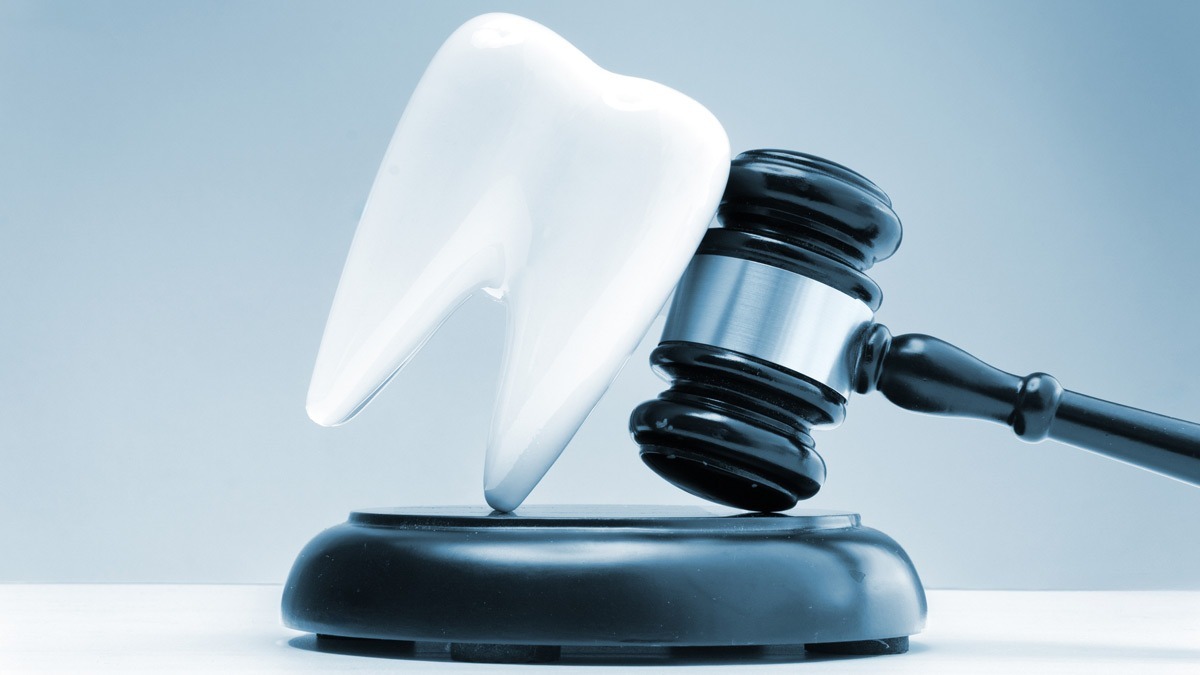What You Need To Know About Filing A Suboxone Tooth Decay Lawsuit

Not all that long ago, opioid misuse was so rampant in the United States that experts classified it as a crisis.
They say the trouble started back in the 1990s, when prescription opioid medications became the go-to solution for pain management. Specifically, they point to deceptive marketing by big pharmaceutical companies as the reason for the increased sales of prescription drugs such as OxyContin during that time. In all, they say, prescription opioid sales quadrupled between 1999 and 2010. This in turn triggered a dramatic increase in “opioid-involved” misuse, addiction and deaths.
As time went on, heroin and illegal fentanyl became the main culprits in the opioid crisis. By 2022, experts say, the misuse of multiple substances at once – especially combinations including both opioids and stimulants – was taking its toll on many Americans. According to one tally, In approximately 108,000 people here died from drug overdoses that year. The vast majority of those (roughly 76%) reportedly involved an opioid.
Ironically, in January 2022, the U.S. Food and Drug Administration (“FDA”) issued a warning about the risk of tooth damage linked to Suboxone – a medication used to treat opioid use disorder. However, lawyers familiar with the situation say the label on Suboxone Sublingual Film wasn’t updated in a timely manner. As a result, hundreds of people who say they are experiencing serious dental issues after using the prescription film are now suing the manufacturers.

Here’s what you need to know if you are also thinking about filing a Suboxone tooth decay lawsuit.
What Is In Suboxone?
According to webmd.com, Suboxone is a medication for opioid use disorder, or MOUD. As such it is just one of the prescription drugs that can be used to treat opioid use disorder or facilitate recovery for people experiencing addiction to opioids including fentanyl, heroin, hydrocodone (Vicodin, Lortab, Lorcet), morphine, or oxycodone (OxyContin).
It contains two drugs, namely buprenorphine and naloxone. The former is classified as a partial opioid agonist, meaning it is attracted to the same molecules as regular opioids. But unlike regular opioids, it doesn’t fully bind with these molecules. Instead, as its name indicates, it only binds with them partially. As a result, it doesn’t create the “high” associated with regular opioid use.
When used in combination with behavioral therapy and counseling, experts say Suboxone is substituted for the opioids the patient was taking to trick the brain into feeling satisfied without the use of more lethal substances. This in turn helps reduce opioid cravings and debilitating withdrawal symptoms such as:
- Anxiety and restlessness
- Stomach issues
- Profuse sweating
- Rapid heartbeat
- Muscle aches
- Sleeplessness

For a free legal consultation, call (725) 900-9000
How is Suboxone Supposed To Be Taken?
While Suboxone is available in tablet form, the tooth decay cited in lawsuits has been specifically linked to Suboxone sublingual film.
As detailed in an article published on nationaldepressionhotline.org, this type of Suboxone film comes in strips and should be placed under the tongue. “Proper placement and positioning of Suboxone directly impacts its therapeutic effectiveness. When following consistent dosing instructions, you’ll place sublingual films under your tongue base on either the left or right side,” the article states.
The article also advises people taking Suboxone to avoid talking, moving the strips, or making any “sudden jaw movements” while the film is dissolving. Trying to swallow or chew the film is also discouraged because doing so “drastically reduces its bioavailability.” Eating, drinking, or using any “oral products” before the film has completely dissolved is discouraged as well.
“The key to successful absorption is letting the medication dissolve naturally without interference,” the article states.
Complete dissolution reportedly takes about five to 10 minutes. And therein lies the problem, according to an attorney familiar with Suboxone tooth decay claims.
“Unfortunately, the delivery system has a very high acidic content. And when you use it — which is typically three times a day — you’ve got to keep it in your mouth for about 10 minutes each time to get the full benefit of the dosage,” the lawyer told drugwatch.com. “Studies are reflecting that that amount of acidic content that many times a day is resulting in tooth breakage, tooth loss, tooth decay and all sorts of serious dental issues.”

Common Suboxone Sublingual Film Tooth Decay Injuries
To date, plaintiffs in Suboxone tooth decay lawsuits have reported numerous dental issues such as:
- Enamel loss leading to increased sensitivity, pain, and discoloration of one or more teeth
- Cavities affecting multiple teeth
- Conditions affecting the gums, including but not limited to gingivitis
- Oral infections
- The loss of one or more teeth
- Broken teeth
You may be able to pursue legal recourse if you used Suboxone sublingual film for the treatment of opioid use disorder and experienced any of these conditions, or any other dental issues requiring extensive and costly intervention. Specifically, you must be able to demonstrate that you got a prescription for the Suboxone sublingual film before 2022 and that you used it for at least six months before you experienced the dental issues discussed herein. You must also be able to prove that you had routine dental care prior to taking prescription Suboxone sublingual film.
Click to contact our personal injury lawyers today
Your Options For Legal Recourse In A Suboxone Tooth Decay Case
The experienced personal injury attorneys here at Van Law Firm can quickly and easily assess your specific circumstances to see if you have a viable Suboxone tooth decay case. If you do, we will review your legal options.
Don’t suffer in silence any longer. Contact Van Law Firm to arrange a free assessment of your Suboxone tooth decay case today.
No obligation consultations are always free.
Let Us Help You! Call Now: (725) 900-9000


